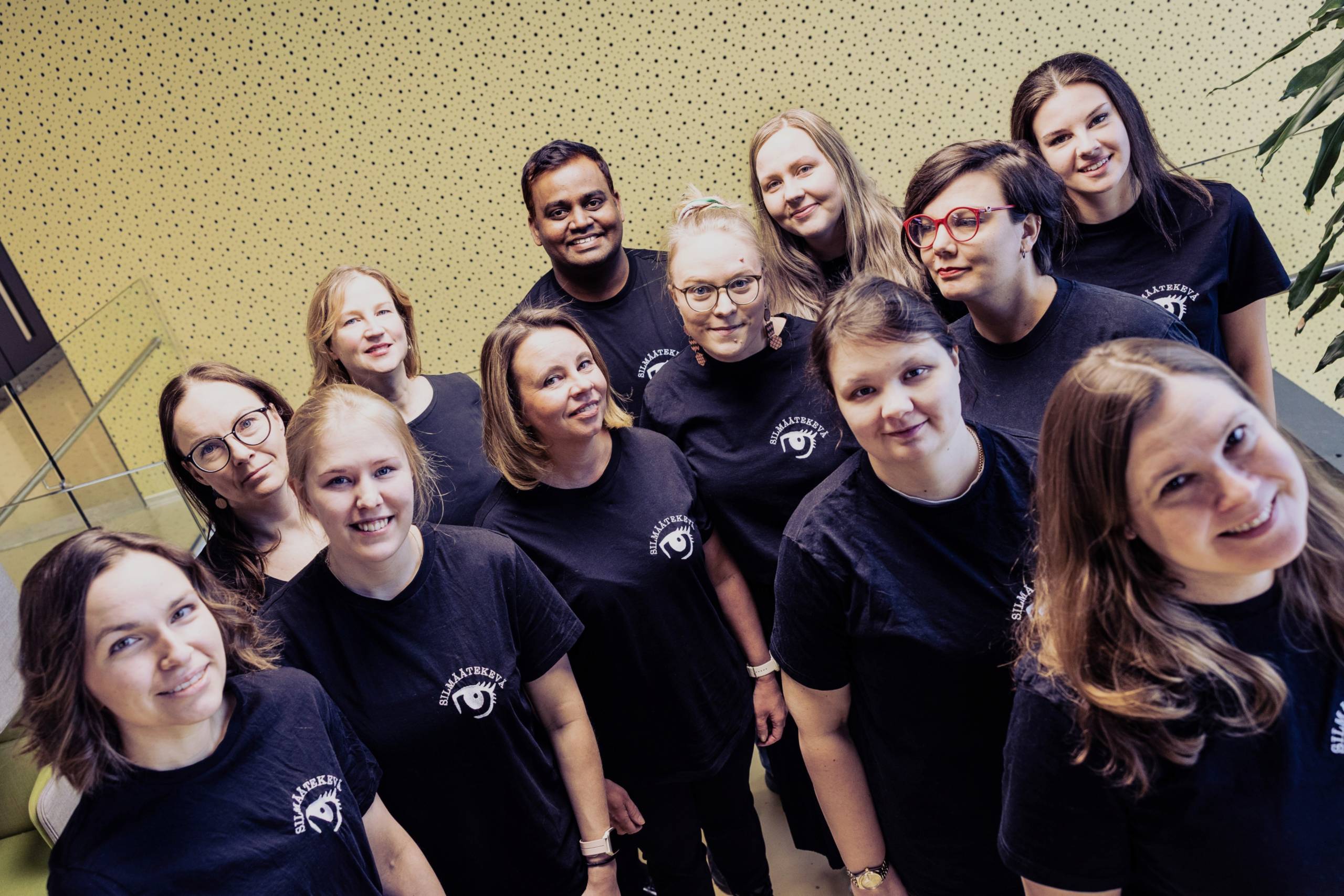Vision is our mission
Human pluripotent stem cells (hPSC), including embryonic (hESC) and induced pluripotent stem cells (iPSC), are a promising source of cells for tissue engineering applications, and the first clinical trials using these cells to treat retinal and corneal diseases are currently ongoing. However, some major challenges still exist in understanding the differentiation and function of these cells in order to enable their safe and effective translation into a clinical practice.
The main research aim for the group is to develop novel stem cell-based tools for the corneal and retinal repair through cell transplantation and ophthalmic in vitro tissue models that can be used to model human specific eye disorders. Severe ophthalmologic diseases, such as age-related macular degeneration (AMD) severely decrease the patients’ quality of life. On the other hand, hereditary retinal and corneal diseases and corneal traumas most commonly affect children and active young adults. We wish to use our expertise with important collaborators to help these patients.
Collaborators and Funding
We have many highly multidisciplinary collaborative research projects with several national and international research groups and companies joining clinical knowledge in ophthalmology, cell biology and several different areas of engineering sciences and technologies. One prime example of our successful multidisciplinary collaboration is the European COST Action consortium (https://aniridia-net.eu/). This consortium has provided exceptional networking and collaboration opportunities, leading to several joint grant applications with network partners.
Our research is currently mainly funded by the European Union’s Horizon Europe research and innovation programme, The Research Council Finland, The Sigrid Juselius Foundation and The Finnish Research Impact Foundation. We also owe our deep gratitude to several other funding sources that have been instrumental in supporting our research including Business Finland, Jane and Aatos Erkko Foundation, Päivikki and Sakari Sohlberg foundation as well as several other foundations supporting especially our postdoc researchers and doctoral students with personal grants. In addition, we are truly thankful for private donation that originally enabled our research aims with ophthalmological diseases.

Photo credit: Jonne Renvall/Tampere University
